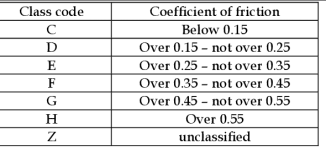Ferjablito
Active member
Hello colleagues, has anyone performed this brake pad change to gain some braking power?


Heavy Duty Drum Brake Shoe Centric For 2012-2013 Mitsubishi Fuso Canter FG4X4 | eBay
2012 Mitsubishi Fuso Canter FG4X4 Position: Front;. 2012 Mitsubishi Fuso Canter FG4X4 Position: Rear;. 2013 Mitsubishi Fuso Canter FG4X4 Position: Front;. 2013 Mitsubishi Fuso Canter FG4X4 Position: Rear;.
www.ebay.com





